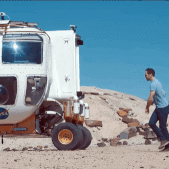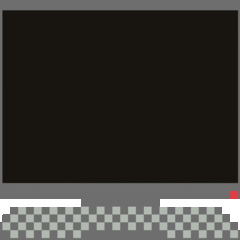RAID with a 2.5 inch HDD and a 3.5 inch HDD
-
Topics
-
0
-
Tehkast ·
Posted in Programs, Apps and Websites1 -
hammy ·
Posted in Linux, macOS and Everything Not-Windows0 -
Doosh ·
Posted in Graphics Cards4 -
ElliotHill ·
Posted in New Builds and Planning1 -
1
-
3
-
ConfigThis ·
Posted in New Builds and Planning4 -
HyperPro_Andrew118 ·
Posted in New Builds and Planning3 -
1
-


.png.255947720031a641abdac78e663b681c.png)















Create an account or sign in to comment
You need to be a member in order to leave a comment
Create an account
Sign up for a new account in our community. It's easy!
Register a new accountSign in
Already have an account? Sign in here.
Sign In Now